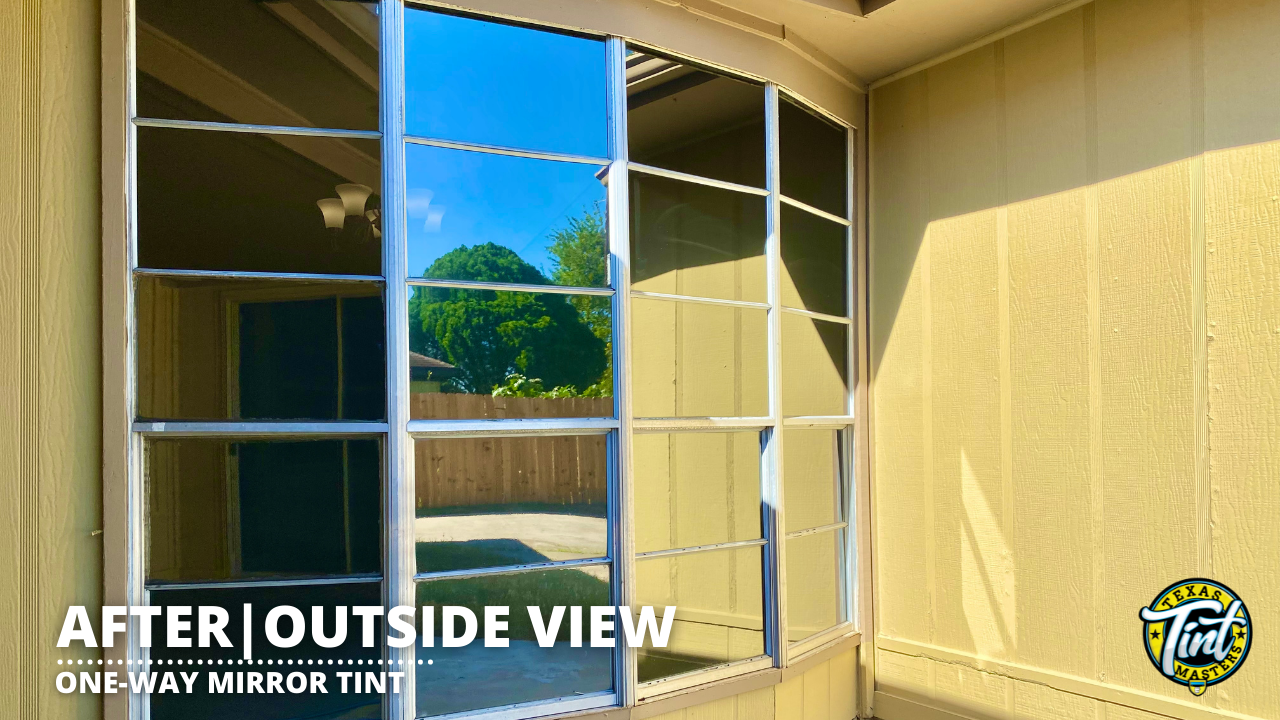Why Residential Window Tint is Perfect for Office and Research Studies
Why Residential Window Tint is Perfect for Office and Research Studies
Blog Article
Exactly How Residential Home Window Tinting Enhances Your Home's Power Effectiveness
Residential home window tinting offers an engaging solution for property owners looking for to boost power efficiency within their living spaces. By applying specialized films to windows, it successfully minimizes warmth transfer, thereby maintaining indoor temperatures and reducing the requirement for extreme heating or cooling.
Comprehending Window Tinting
Comprehending window tinting is necessary for home owners looking for to boost both convenience and energy effectiveness in their home. Residential Window Tint. Window tinting includes the application of a thin film to the inside or outside surface area of glass home windows. This film can considerably modulate the amount of sunshine and warmth that gets in a home, therefore influencing indoor climate problems
There are numerous sorts of home window tinting films available, each with distinctive homes. For instance, dyed movies take in solar power, while reflective films deflect it far from the glass surface area. Ceramic movies provide a balance of exposure and heat denial, making them a preferred option among home owners. The performance of window tinting is frequently measured by its Visible Light Transmission (VLT) percent, which indicates how much light can go through the film.
Benefits of Power Effectiveness
Home window tinting not only boosts appearances but additionally plays a significant duty in improving power efficiency within property rooms. By decreasing warmth transfer through home windows, colored films produce a more steady interior environment, which can result in substantial reductions in energy intake for heating and cooling. This power efficiency equates right into reduced utility expenses, giving homeowners with considerable lasting savings.

Additionally, home window tinting improves the comfort of living rooms. By lessening glare and obstructing dangerous UV rays, tinted home windows produce an even more pleasurable environment, which can bring about enhanced well-being for passengers. The protection versus UV rays likewise aids protect furnishings and flooring from fading, adding to the durability of family things.
Exactly How Tinting Functions
Tinting films run with a mix of advanced products and technologies created to control the quantity of solar energy going into a home. Largely composed of polyester, these movies frequently include metallic or ceramic fragments that reflect and take in warm. This twin capability enables them to significantly decrease the infiltration of ultraviolet (UV) rays and infrared radiation while permitting visible light to go through.
The performance of window tinting is find here determined by its solar warmth gain coefficient (SHGC), which shows just how much solar power is sent through the window. Lower SHGC worths are preferable as they denote higher warmth denial. Additionally, window tints can include a selection of tones, permitting property owners to personalize their visual choices while boosting Go Here power efficiency.
Additionally, these films function as a barrier, protecting against warm loss during chillier months by showing indoor warmth back into the space. This thermal insulation effect matches the cooling benefits gotten throughout warmer months, adding to a well balanced interior climate year-round. By handling solar power successfully, household home window tinting not just improves comfort however likewise plays an important function in decreasing energy consumption and reducing energy costs.
Selecting the Right Tint

There are numerous types of window films available, including dyed, metalized, and ceramic. Ceramic films supply superb warmth control without compromising visibility and are very long lasting, making them a prominent selection.
Visible light transmission (VLT) is one more important aspect, as it shows the quantity of all-natural light that can travel through the colored glass. Home owners need to pick a color with a VLT that enhances their lights choices while still supplying appropriate glow reduction.
Additionally, evaluating the important link solar heat gain coefficient (SHGC) can help determine just how well a color can obstruct warm from sunlight. A lower SHGC indicates better warmth control, inevitably enhancing power performance.
Installment and Upkeep Tips
Appropriate installation and upkeep are important components in maximizing the advantages of domestic home window tinting. To accomplish optimal outcomes, it is advisable to work with a qualified specialist for setup. This ensures that the color is applied properly, avoiding air bubbles, creases, or misalignment that might compromise performance. Specialists likewise make use of specialized methods and devices, which can enhance the longevity and efficiency of the color.
Following setup, maintenance is necessary to lengthen the life of the home window movie. It is advised to wait at least 30 days before cleaning the tinted windows to allow the adhesive to cure fully.
Resolving these problems quickly can avoid further damages and preserve energy performance. By sticking to these installation and upkeep pointers, house owners can ensure their home window tinting proceeds to offer substantial power savings and convenience for years to come.
Final Thought
In conclusion, residential window tinting offers as an effective remedy for improving power efficiency within homes. By decreasing warm transfer and obstructing hazardous UV rays, window films add to reduce power intake and improved indoor convenience.
Home window tinting involves the application of a thin film to the inside or outside surface of glass windows. By decreasing warmth transfer through home windows, colored films create a much more stable interior environment, which can lead to significant decreases in energy usage for heating and air conditioning.The performance of home window tinting is gauged by its solar warm gain coefficient (SHGC), which shows just how much solar power is transmitted with the home window. By handling solar power successfully, residential home window tinting not just boosts comfort yet likewise plays a vital duty in decreasing energy consumption and decreasing utility bills.
By lowering warmth transfer and obstructing harmful UV rays, home window movies contribute to decrease power consumption and improved interior convenience.
Report this page